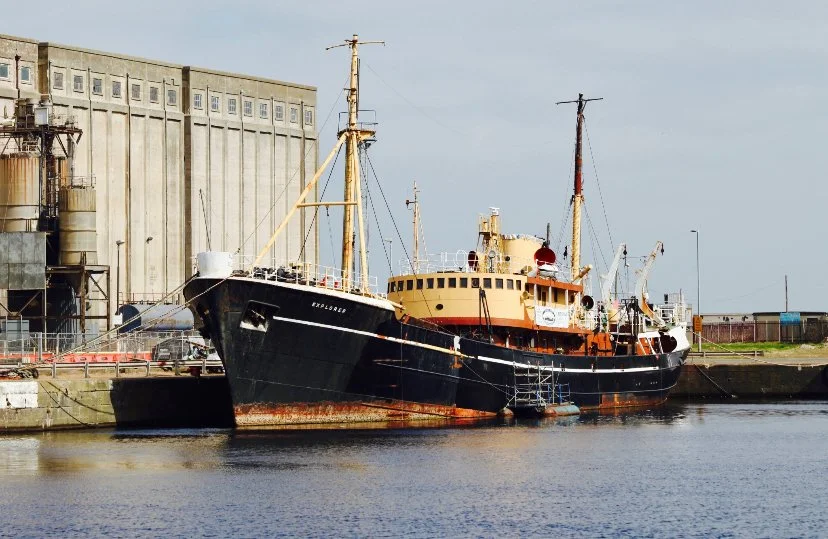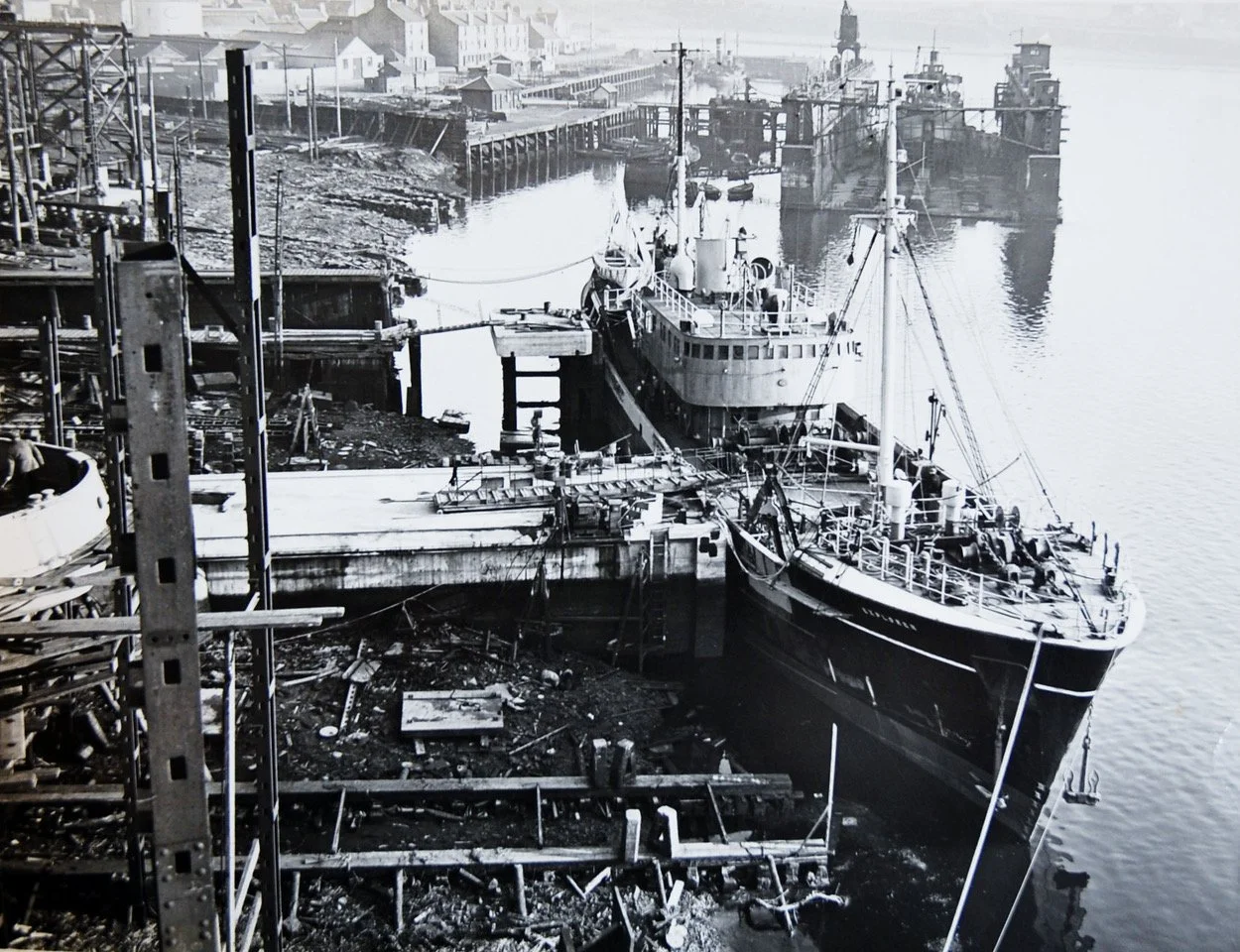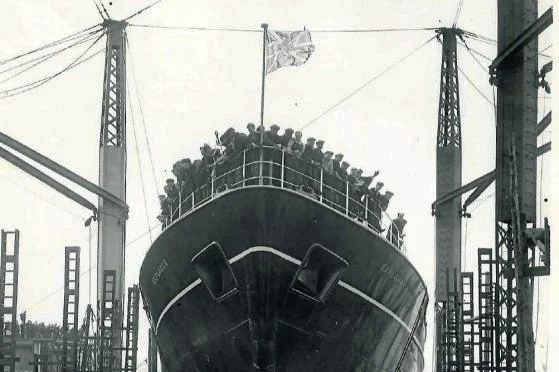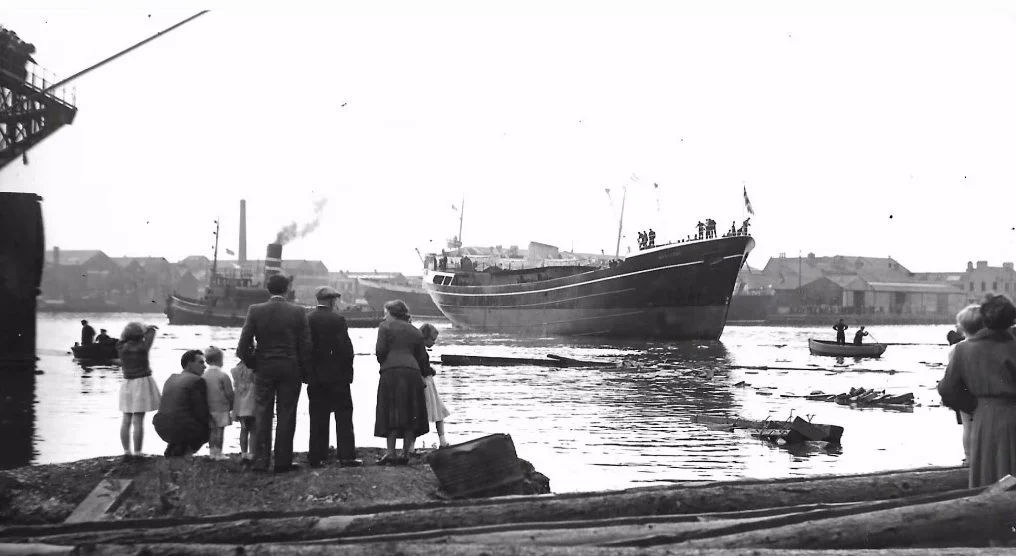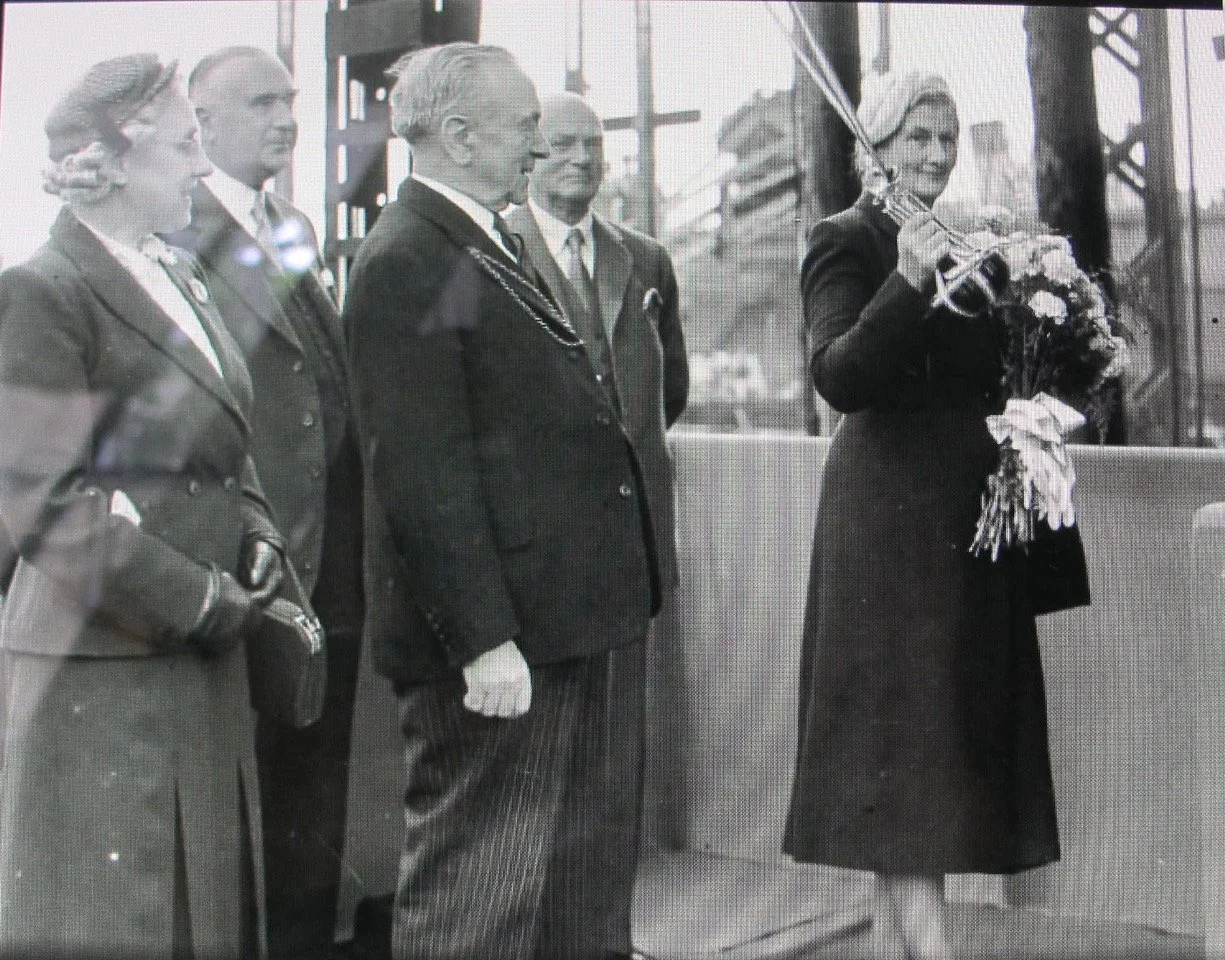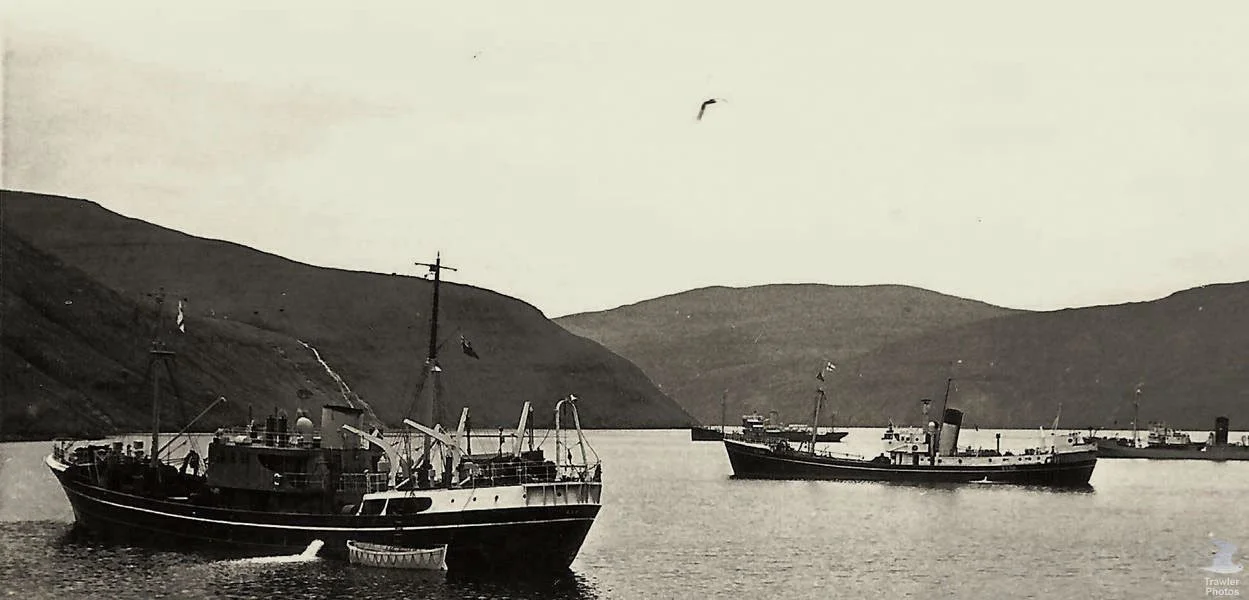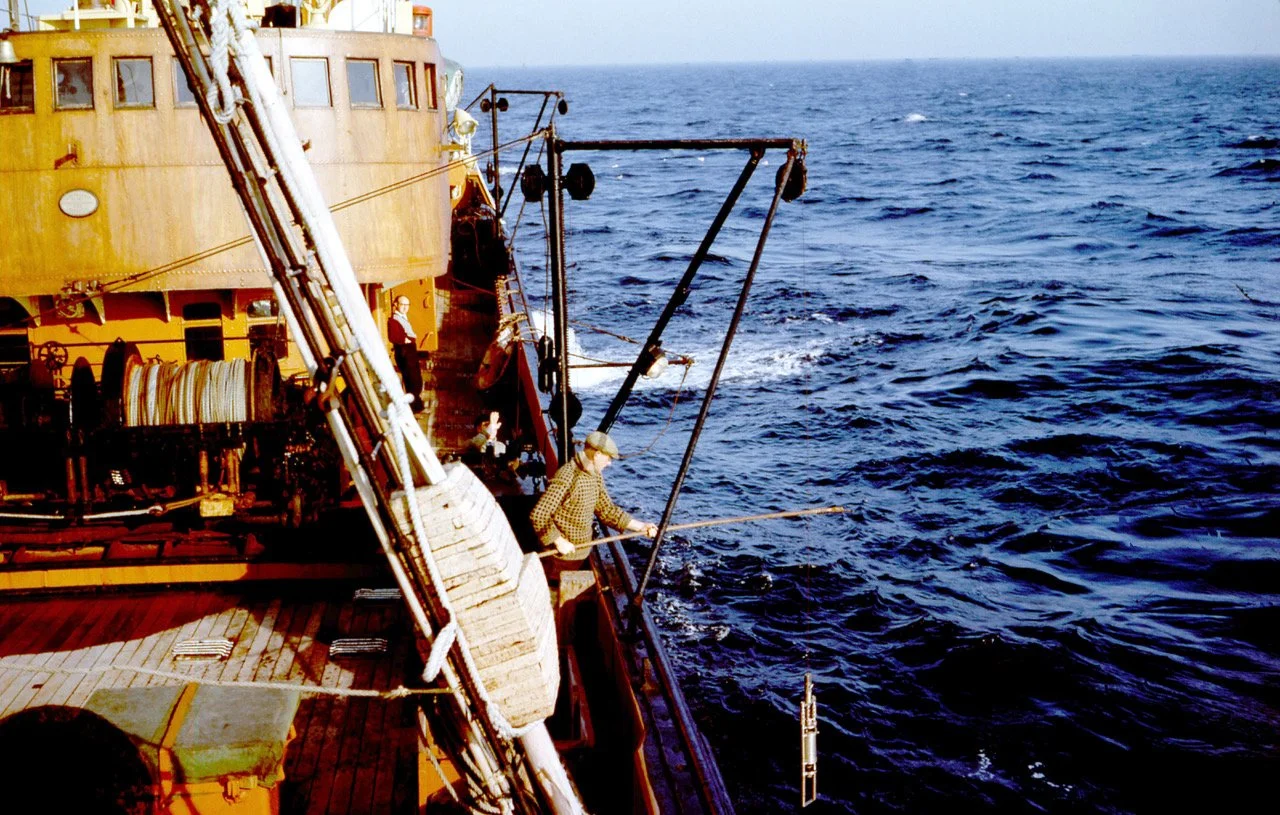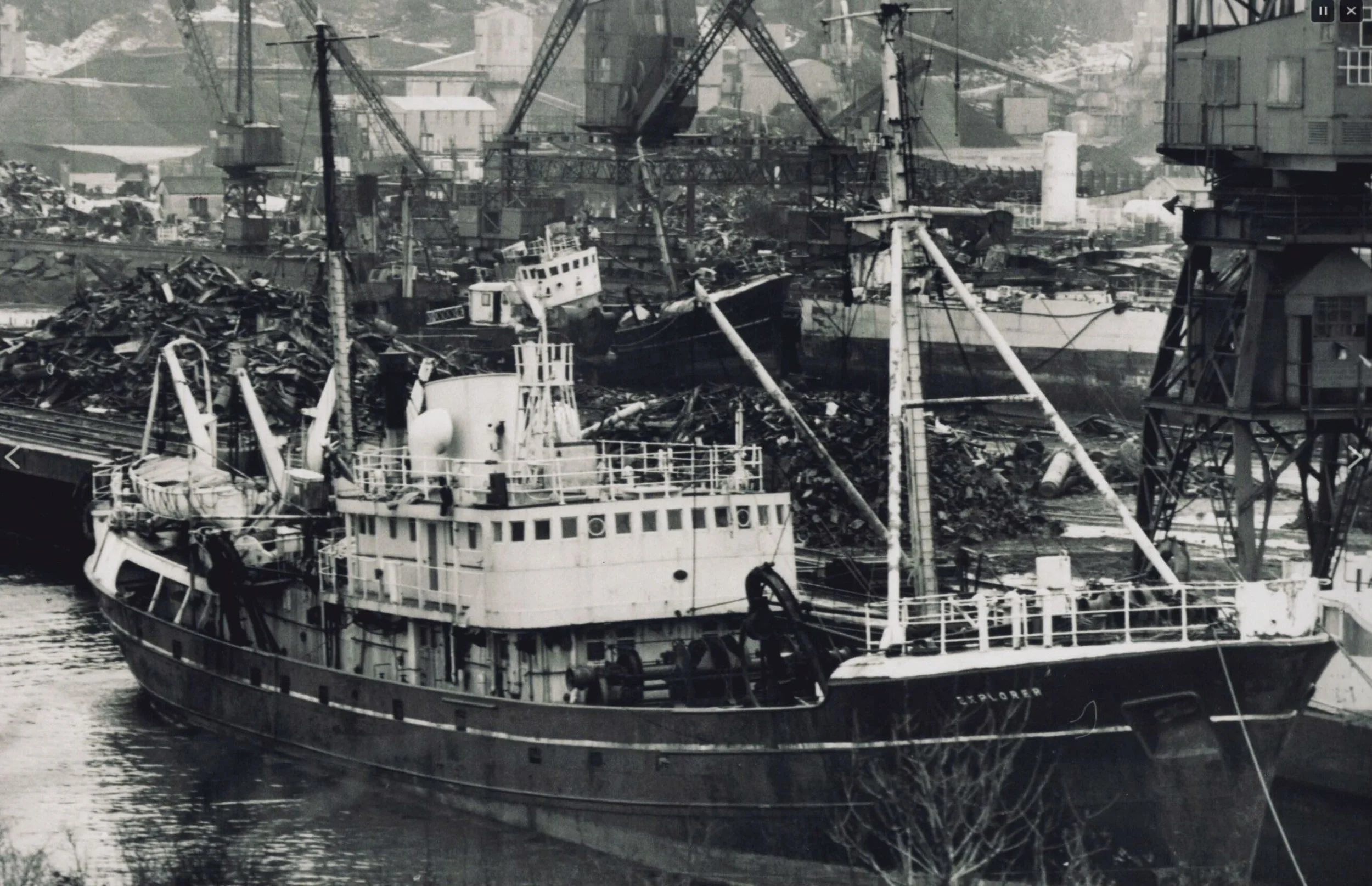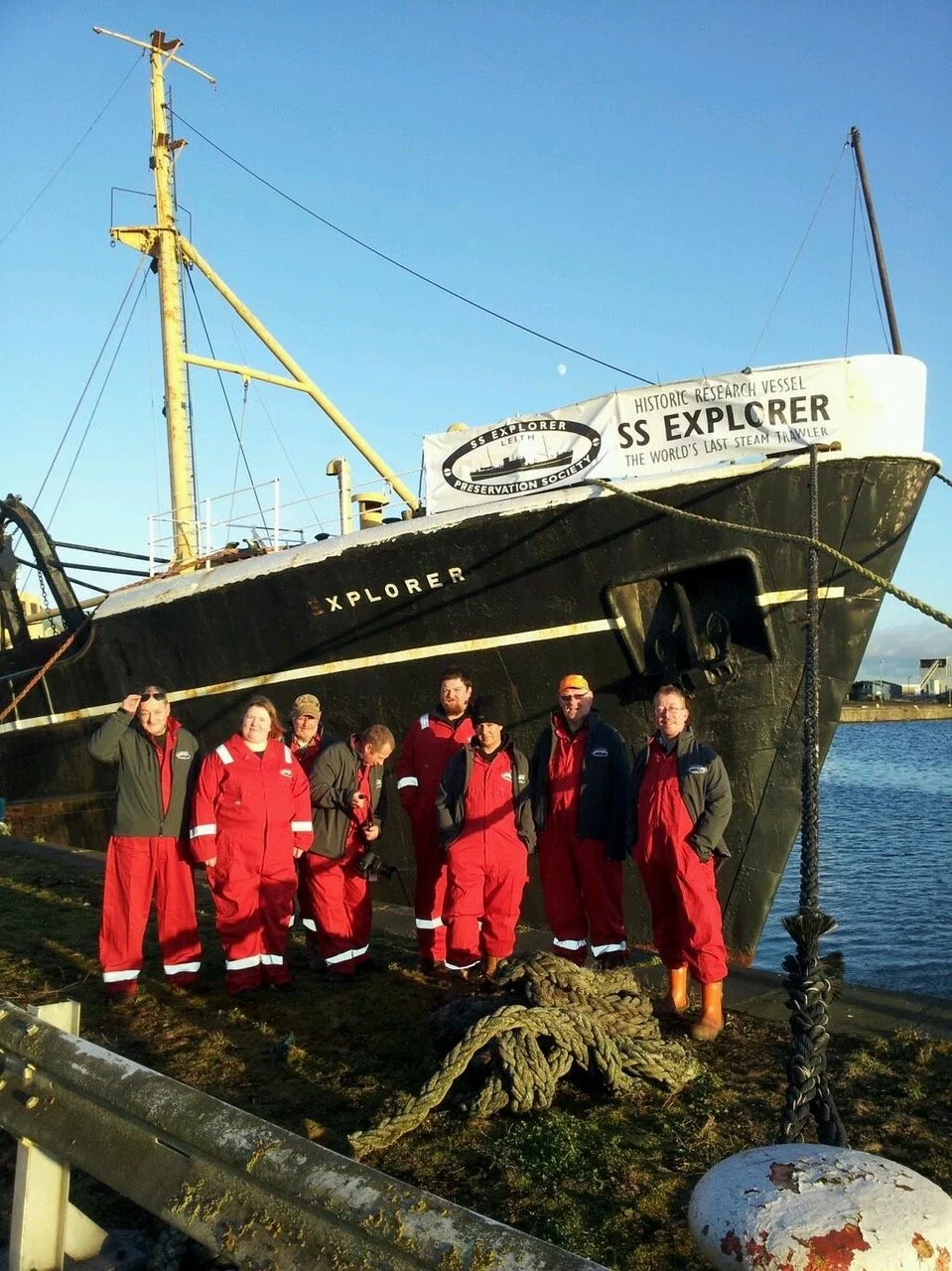The SS Explorer Timeline
Commissioned by the Scottish Home Department
as soon as wartime shipbuilding restrictions are lifted as a replacement for a previous FRV Explorer which had been built as a trawler in 1917
Construction started at the Alexander Hall & Co. Ltd shipyard in Aberdeen
Launched by Lady Rachel Stuart on 21st June
Maiden Voyage
International Geophysical Year Polar Front Survey
Environmental survey by the International Commission for the North-West Atlantic Fisheries
Environmental Survey of the waters around Ekofisk Bravo
following the well blowout which spilled up to 125,000 barrels of oil
The FRV Explorer is decommissioned
due to increased operating costs and reduced operating efficiency and sold to shipbreakers in Inverkeithing
Purchased by Aberdeen Council for restoration
but with no berth available in the port, the vessel is moored in the Cromarty Firth
FRV Explorer becomes the SS Explorer
After acquiring Explorer from the shipbreakers in Inverkeithing, Aberdeen Maritime Museum arranged for the vessel to be drydocked at Hall Russell in Aberdeen. In addition to cleaning and painting the hull and superstructure, all hull penetrations were sealed and new anodes installed. As there was still no berth available in the port of Aberdeen, the vessel was then towed to the Cromarty Firth where it was moored for a number of years.
The SSEPS formed to buy the SS Explorer
The SS Explorer Preservation Society is formed in Aberdeen. When Aberdeen Council sell the vessel to a shipbreaker in Invergordon, the Society steps in and buys the vessel which is returned to the Cromarty Firth.
Vessel is rammed on the port quarter by Boa Eskil.
Fortunately the hull is strong enough to survive the collision and the insurance claim provides sufficient funds to arrange for the vessel to be moved to Leith.
SS Explorer is towed from Cromarty Firth to Leith.
SS Explorer is added to the Register of National Historic Ships – Number 26
